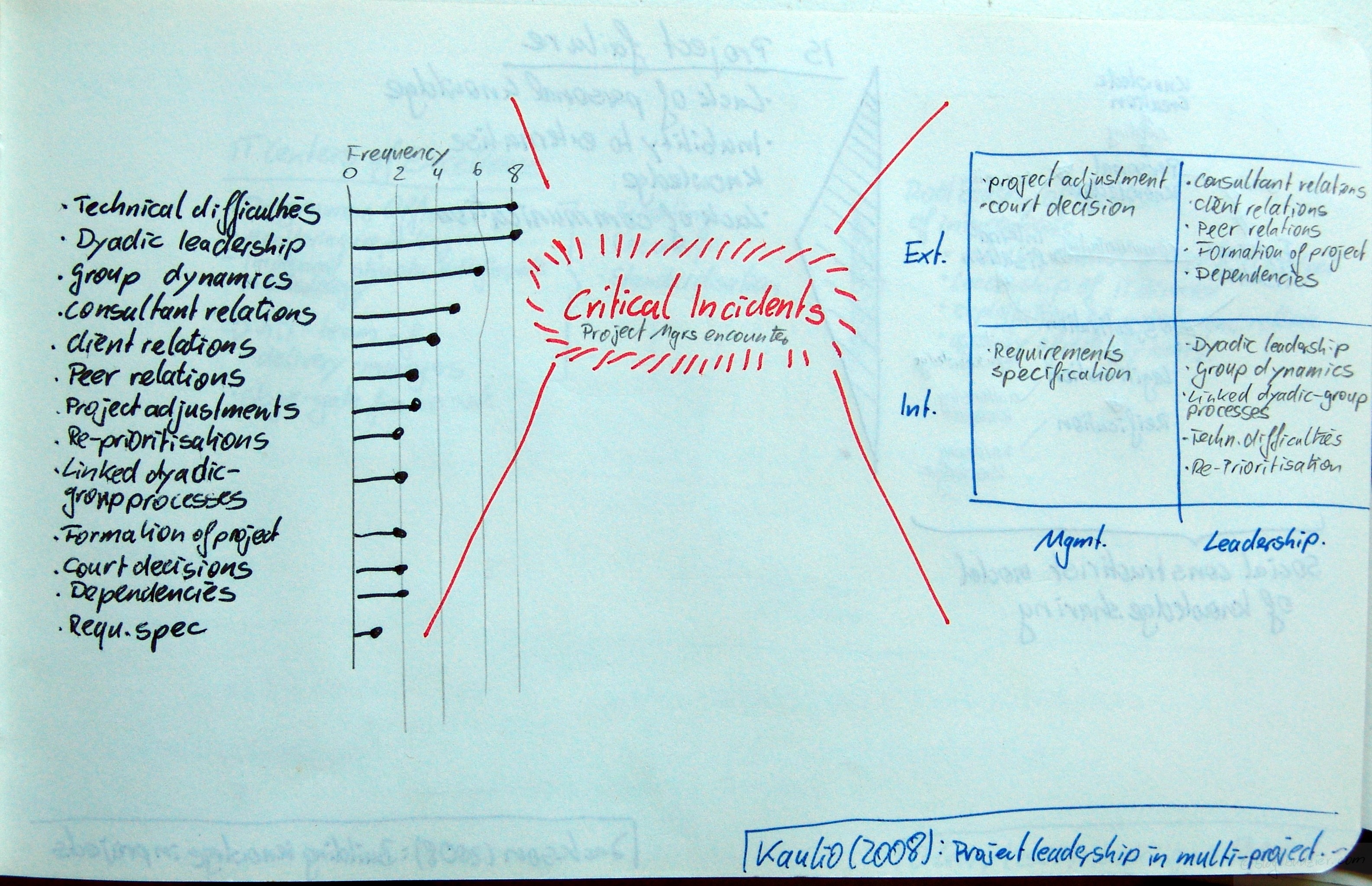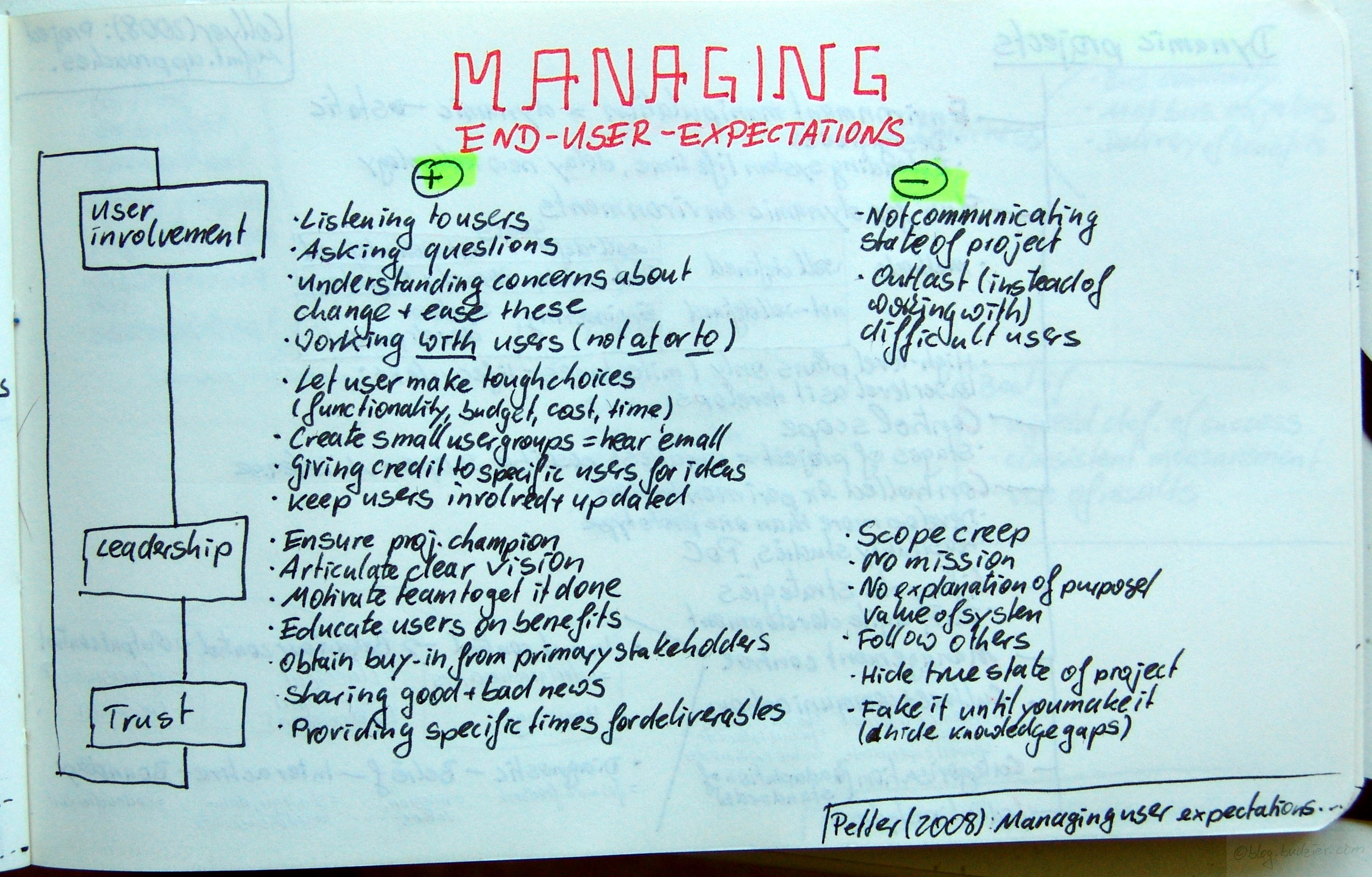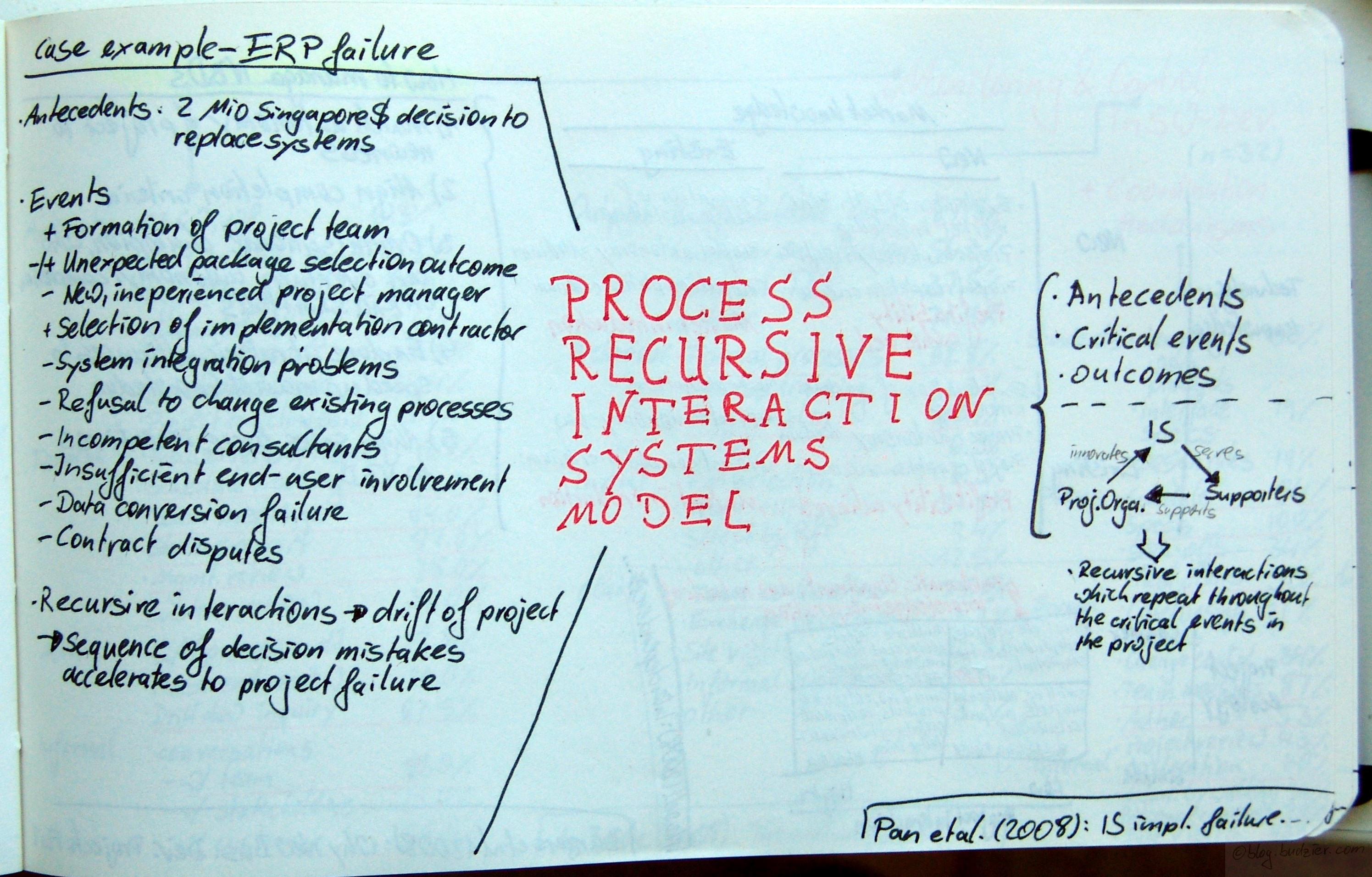Kaulio, Matti A.: Project leadership in multi-project settings – Findings from a critical incident study; in: International Journal of Project Management, Vol. 26 (2008), No. 4, pp. 338-347.
http://dx.doi.org/10.1016/j.ijproman.2007.06.005
Kaulio asked project leaders, who operate in a multi-project environment about critical incidents in their last projects. The idea of critical incidents is, that as soon as a participant remembers the critical incident it must have some importance. Ideally it then is followed by a blueprint analysis followed by measuring the criticality is measured on each contact point. Kaulio focusses only on the elicitation of the critical incidents, without doing the triple-loop of the original research concept. The author shows the frequency of critical incidents happening:
- Technical difficulties
- Dyadic leadership
- Group dynamics
- Consultant relations
- Client relations
- Peer relations
- Project adjustments
- Re-prioritisations
- Liked dyadic-group processes
- Formation of project
- Court decisions
- Dependencies
- Requirements specification
Kaulio then maps these critical incidents according to the Locus of Control (internal vs. external) and whether they are a Management or a Leadership issue. Thus he argues most of the critical incidents can be tied back to internal project leadership:
| Locus of Control | External |
|
|
| Internal |
|
|
|
| Management | Leadership | ||
| Focus | |||


